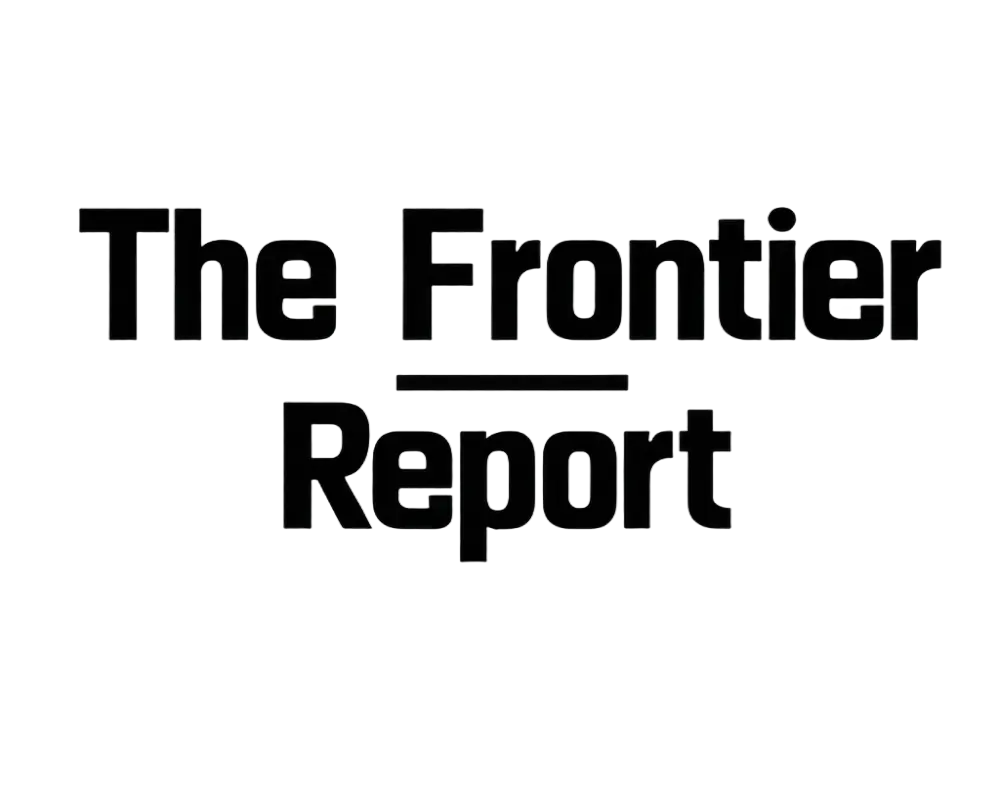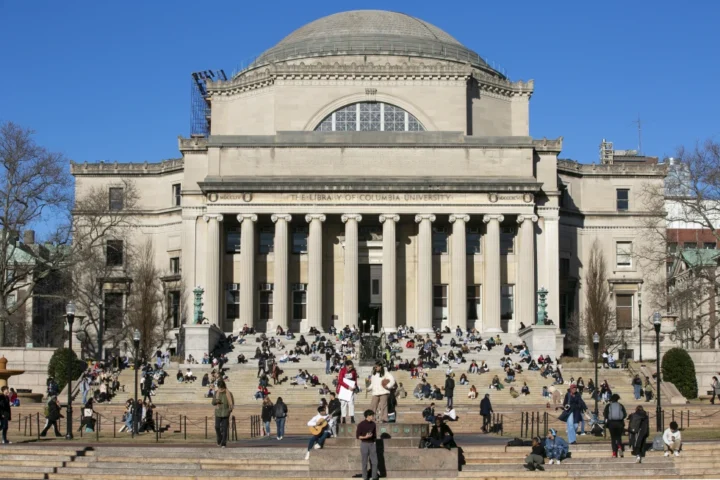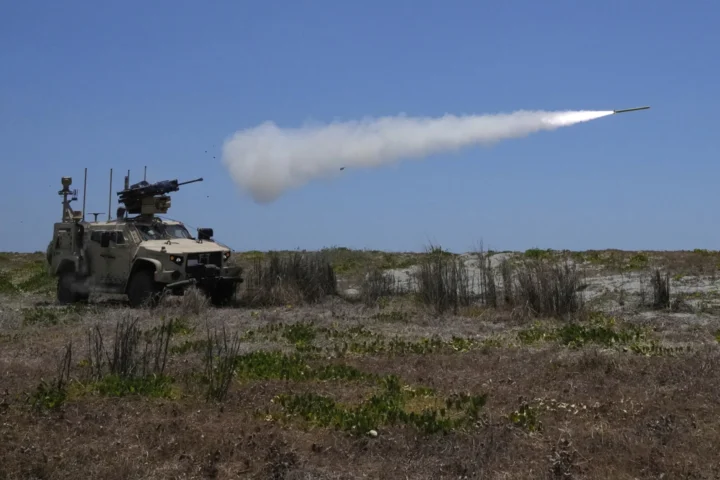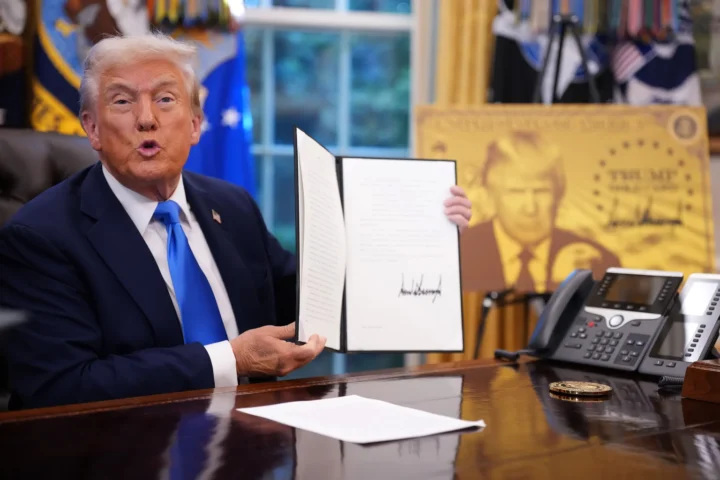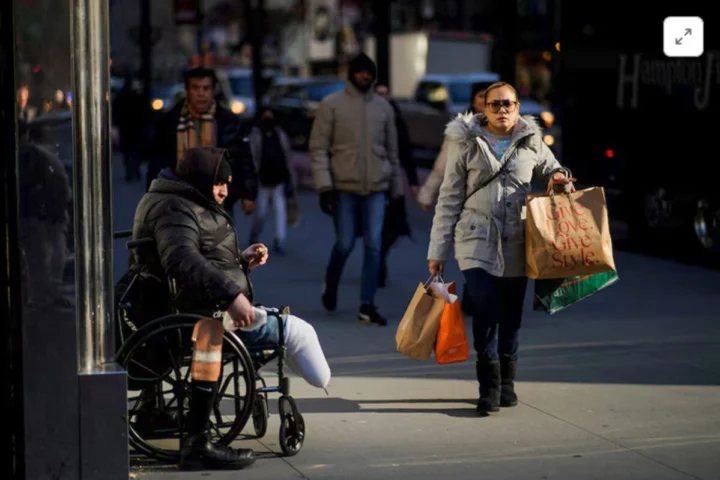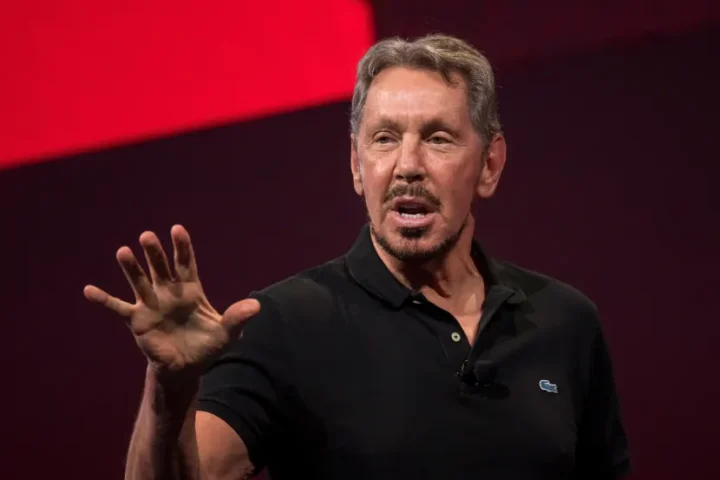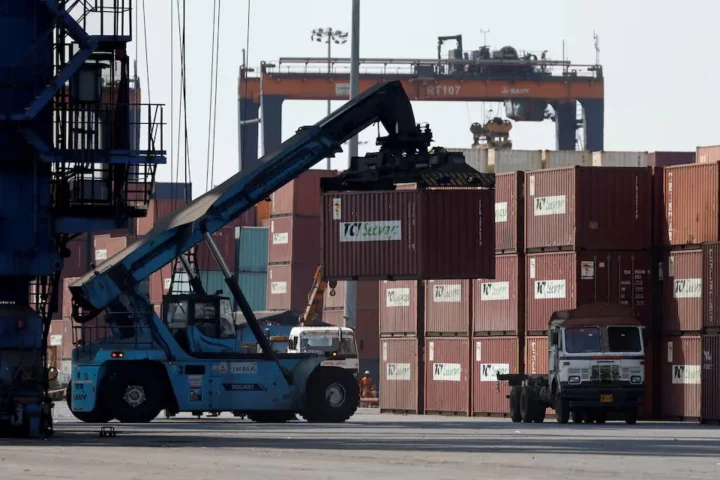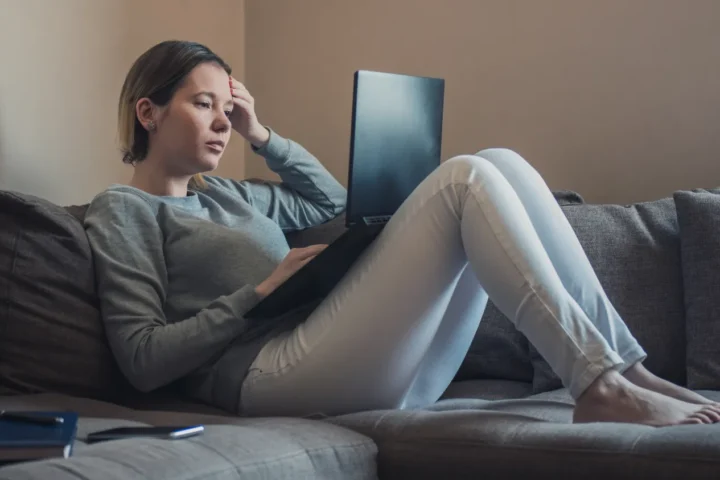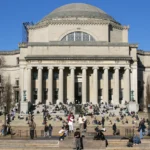South Korea just hit the brakes—hard. On May 29, 2025, the country’s central bank dropped interest rates to 2.5%. That’s the lowest they’ve been since 2022. It’s the fourth cut in eight months, and honestly, it feels like a warning sign. Growth is slowing way more than expected. The government now thinks the economy will barely grow this year—just 0.8%. That’s not a slowdown. That’s almost a stall.
Trouble Coming From All Sides
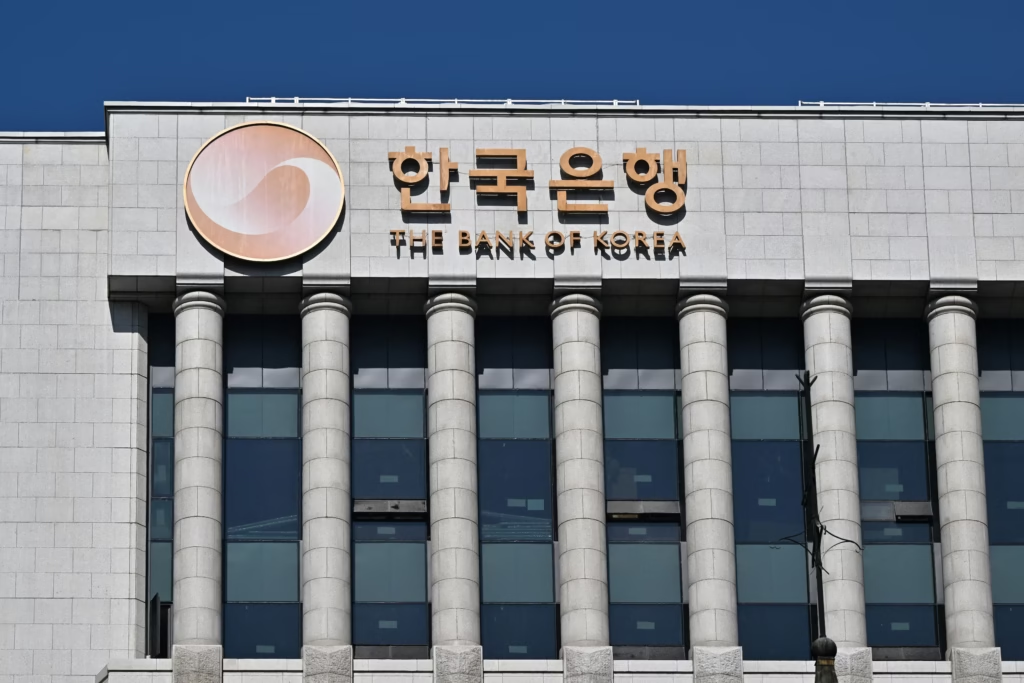
The timing couldn’t be worse. The U.S. just slapped major tariffs on Korean goods—25% on cars and steel. These aren’t just threats; they’re already hurting exports, and talks to fix it have gone nowhere. A key deadline looms on July 8, and nobody seems optimistic.
At home, things are chaotic too. Former President Yoon tried to declare martial law last December. It backfired. He was impeached. Now there’s a power vacuum, and with snap elections set for June 3, the government’s pretty much in limbo. People are rattled. Spending’s down. No one’s sure who’s really in charge
The Numbers Aren’t Pretty
In the first three months of 2025, the economy actually shrank—down 0.1% from last year. That’s the first contraction since 2020. People are pulling back. Businesses are frozen. Manufacturing and services are both stuck in the mud.
The central bank’s chief, Rhee Chang-yong, didn’t sugarcoat it. He said there’s a 14% chance the economy goes fully negative this year. For context? That’s way worse than the odds during the 2008 crash.
A Risky Fix
Cutting rates helps make borrowing cheaper. That could get people and companies spending again. But it’s not a magic fix. Lower rates also push more people into risky debt and fuel housing bubbles—and Korea’s already dealing with both.
The markets cheered, though. The KOSPI stock index jumped 1.7%. The won weakened, which is good for exports but bad news for import costs. If you’re buying groceries or gas, it might start to pinch.
What’s Next?
By July, the central bank hit pause to see what happens—but more cuts are likely coming. Most of the bank’s board members want them. President Lee Jae-myung, newly elected, is getting ready to roll out more government spending too.
Still, even with rate cuts and stimulus, the road ahead looks shaky. Exports are under pressure. Confidence is low. Global demand is fading. For a country that lives off trade, that’s a scary place to be.
Right now, South Korea’s economy feels like it’s stuck in neutral—with storm clouds up ahead.

